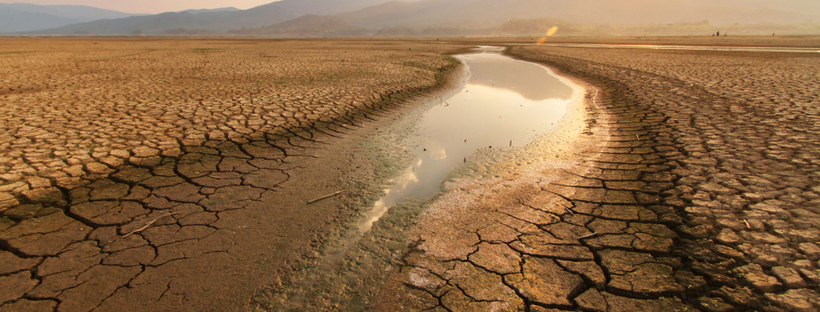
Solving for Droughts and Wildfires
The current drought in the West ranks one of the driest periods in the last 1,200 years. By one estimate, nearly 98% of land across 11 Western states is abnormally dry, with more than 90% in some stage of drought. Worryingly, the top five states in population growth are in the West or Southwest, putting additional pressures on an increasingly scarce resource.
To view the full article please register below:
Solving for Droughts and Wildfires
The current drought in the West ranks one of the driest periods in the last 1,200 years. By one estimate, nearly 98% of land across 11 Western states is abnormally dry, with more than 90% in some stage of drought.1 Worryingly, the top five states in population growth are in the West or Southwest, putting additional pressures on an increasingly scarce resource.
Interstate H2O
Since nature may not be a reliable solution to the ongoing water shortage, one potential big-idea solution is simply to build a pipeline, or pipelines, from where the water is (e.g., the Great Lakes or Mississippi River) to where it isn’t (e.g., Phoenix or Los Angeles).
Building a water distribution network composed of pipelines and aqueducts is an ambitious infrastructure dream that just could work. Call it an Interstate Water System akin to the Interstate Highway System, as the three scientists who proposed the idea did.
It may still reside in the idea stage, but building water distribution capabilities that would move water from wetter states to drier states is finding a political audience.
Arizona, for instance, has asked Congress to study a pipeline plan that would ship water from the Mississippi River to the Colorado River system, from which Arizona and other states receive much of their water.
While no cost estimates have been made for such an extensive pipeline system, it would likely cost in the tens of billions of dollars. Funding, however, would not represent the only obstacle to building a water pipeline network. Among these hurdles are:
- High-energy requirements to move the water over vast distances and varied topographies would be expensive and carbon intensive, though the carbon footprint could be reduced by utilizing renewable energies.
- The siphoning of water could harm wetlands and water levels needed to support the existing ecosystems that rely on this water.
- Political and social resistance could delay, raise the costs or frustrate certain projects. For instance, one proposal to tap the Great Lakes has met with local objections and would require striking an agreement with Canada in order to proceed.
- Current water use inefficiencies (e.g., high water consumption farming, such as almonds and rice, verdant golf courses, and mispricing that encourages waste) are rich targets for addressing water shortages before considering expensive and environmentally harmful pipelines.
While the idea has been around for over half a century, the urgency of finding a water solution for a thirsty and dry West has never been more acute. The big question is what the long-term impact on population growth and business location will be if water shortages worsen.
Source:
Please reference disclosures: https://blog-dev.americanportfolios.com/disclosures/












